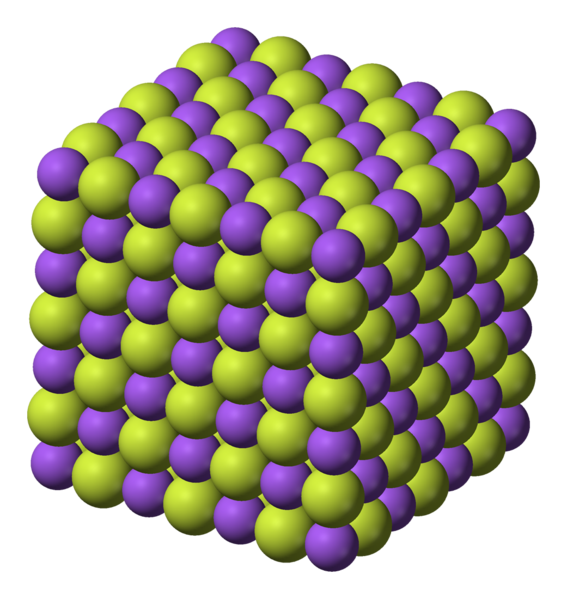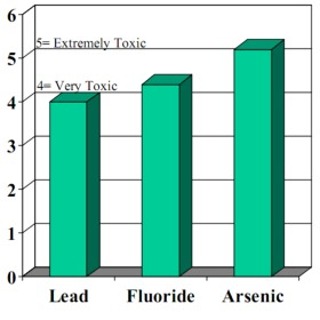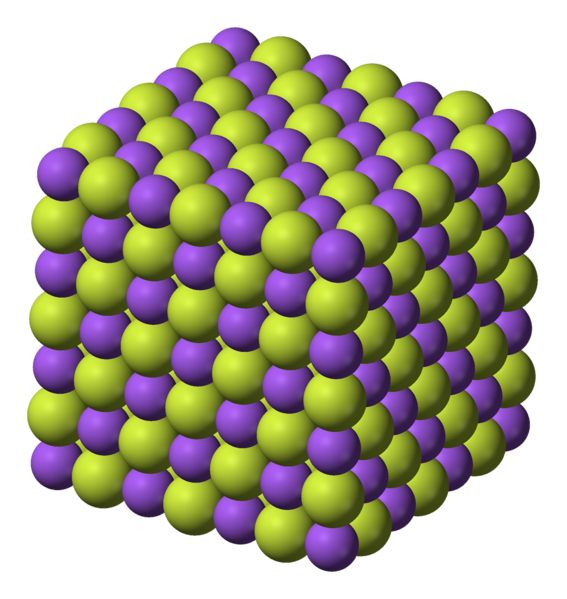Some fun facts:
- Hg (“mercury”) and Pb (“lead”) are every bit as naturally occurring as F (“fluoride”). (Nature also features poppies, cocoa leaves and Belcher’s sea snakes.)
- CO₂ (“carbon dioxide”) contains exactly the same elements (namely, C [“carbon”] and O [“oxygen”]) as CO (“carbon monoxide”).
- Similarly to the above two molecular compounds, F (“fluoride”) has different chemical properties from NaF (“sodium fluoride”).
- NaF (“sodium fluoride”) does not occur in nature but is a waste product of aluminum (a.k.a. aluminium).
One pea-sized dab of fluoride, which if you swallow it you are instructed to contact poison control, is the same amount of fluoride—¼ mg—that we find in 8 oz. of city water.
“Fluoride science is corporate science. It’s DDT science. It’s asbestos science. It’s tobacco science. It’s a racket” (Christopher Bryson).
If we look even further into adjusting fluoride to the drinking water, data shows it has no benefit to the teeth whatsoever. 98% of Europe is completely opposed to having fluoride added to the water supply, versus a great percentage of North America being fluoridated. The dental records in Europe show fewer cavities and tooth decay than what occurs in North America.
 At the end of World War II, the U.S. Government sent Charles Eliot Perkins, a research worker in chemistry, biochemistry, physiology and pathology, to take charge of the vast Farben chemical plants in Germany. The German chemists told Perkins of a scheme which they had devised during W.W. II and had been adapted by the German General Staff. The German chemists explained of their attempt to control the population in any given area through the mass-medication of drinking water with sodium fluoride, a tactic used in German and Russian prisoner-of-war camps to make the prisoners “stupid and docile” (Stephen, 1995). Farben had developed plans during W.W. II to fluoridate the occupied countries because it was found that fluoridation caused slight damage to a specific part of the brain, making it more difficult for the person affected to defend his freedom and causing the individual to become more docile towards authority. Fluoride remains one of the strongest anti-psychotic substances known, and is contained in twenty-five percent of the major tranquilizers. It may not seem surprising that Hitler’s regime practiced the concept of mind control through chemical means, but the U.S. Military continued Nazi research, exploring techniques to incapacitate an enemy or medicate an entire nation. As stated in the Rockefeller Report, a Presidential briefing on C.I.A. activities, “the drug program was part of a much larger CIA program to study possible means of controlling human behavior” (Stephen 1995).
At the end of World War II, the U.S. Government sent Charles Eliot Perkins, a research worker in chemistry, biochemistry, physiology and pathology, to take charge of the vast Farben chemical plants in Germany. The German chemists told Perkins of a scheme which they had devised during W.W. II and had been adapted by the German General Staff. The German chemists explained of their attempt to control the population in any given area through the mass-medication of drinking water with sodium fluoride, a tactic used in German and Russian prisoner-of-war camps to make the prisoners “stupid and docile” (Stephen, 1995). Farben had developed plans during W.W. II to fluoridate the occupied countries because it was found that fluoridation caused slight damage to a specific part of the brain, making it more difficult for the person affected to defend his freedom and causing the individual to become more docile towards authority. Fluoride remains one of the strongest anti-psychotic substances known, and is contained in twenty-five percent of the major tranquilizers. It may not seem surprising that Hitler’s regime practiced the concept of mind control through chemical means, but the U.S. Military continued Nazi research, exploring techniques to incapacitate an enemy or medicate an entire nation. As stated in the Rockefeller Report, a Presidential briefing on C.I.A. activities, “the drug program was part of a much larger CIA program to study possible means of controlling human behavior” (Stephen 1995).
 Fluoridosis has the following cerebral (brain) symptoms:
Fluoridosis has the following cerebral (brain) symptoms:
- Reduction in nicotinic acetylcholine receptors
- Damage to your hippocampus
- Formation of beta-amyloid plaques (the classic brain abnormality in Alzheimer’s disease)
- Reduction in lipid content
- Damage to purkinje cells
- Exacerbation of lesions induced by iodine deficiency
- Impaired antioxidant defense systems
- Increased uptake of aluminum
- Accumulation of fluoride in your pineal gland

Reblogged this on murderbymedia and commented:
Good Grief!
It’s time to brush your teeth!!
Reblogged this on Johnsono ne'Blog'as.